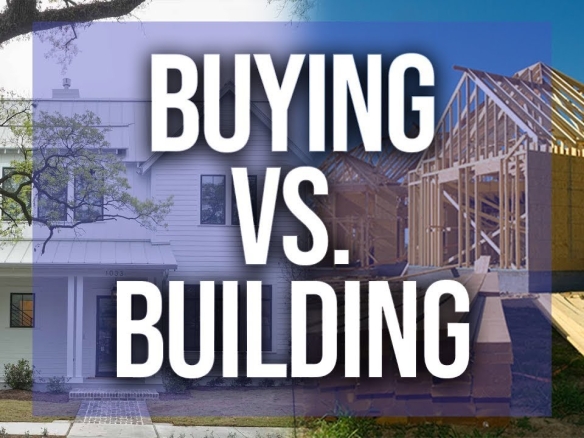Dubai’s real estate market is evolving rapidly—driven by innovation, sustainability, growing global interest, and ambitious urban planning. In 2025 and beyond, investors, homebuyers, and developers alike can expect seismic shifts, unique opportunities, and some measured risks.
🌱 1. Innovation Through Smart & Sustainable Communities
Dubai is redefining real estate by embedding green technologies across new developments. Smart homes with IoT integrations, solar panels, and LEED-certified buildings are no longer niche—they’re becoming the standard. Eco-conscious communities such as Sustainable City and Expo City Dubai are leading the wave, catering to both environmentally-minded residents and investors seeking long-term value Reddit+9Lupos.ae+9ALand+9Makani Marketing+1ALand+1.
💼 2. Luxury Demand and Mid‑Market Expansion
While luxury properties continue to draw ultra‑high‑net‑worth individuals, demand for quality yet affordable housing is also escalating–especially in areas like Dubai South, Dubailand, JVC, and Dubai Hills ALand+7Nidhi Global+7Makani Marketing+7. Dubai recorded over 60% of transactions as off‑plan in early 2025, showing strong confidence in planned developments Lupos.ae+4Betterhomes+4Damac Properties+4.
🏠 3. Rentals, Tourism, and Returns
Short‑term rentals are booming—with platforms like Airbnb and Booking.com fueling demand, particularly in Downtown, Marina, and Palm Jumeirah . Rent hikes are forecasted at +18% for short‑term stays and +13% for longer leases in 2025, driven by surging tourism and regulatory improvements in licensing .
🚉 4. Infrastructure and Transit-Driven Growth
Major infrastructure projects are strengthening real estate’s future. The Blue Line of the Dubai Metro (opening circa 2029) and the Etihad Rail network will enhance connectivity across emerging hubs like Dubai Creek Harbour, Dubai South, and Dubai Silicon Oasis. Proximity to these transit routes is expected to boost property values by up to 15% .
📉 5. Cooling Prices: Oversupply and Market Correction
After a 60% price surge between 2022 and early 2025, Fitch Ratings projects a potential correction of up to 15% in prices by late 2025 into 2026—due to an influx of around 210,000 new units coming to market . Still, resilient factors—like limited overexposure in bank loans and demand in prime locations—should soften the impact .
⚖️ Weighing the Pros and Cons
| Opportunities | Risks & Considerations |
|---|---|
| Fast-growing sustainable and smart‑home sectors | Oversupply could moderate price growth (particularly in mid‑tiers) |
| Strong rental yields, especially short‑term segments | Rising construction & living costs may pressure affordability |
| Strategic zones linked to infrastructure expansion | Regulatory shifts or visa changes could impact foreign investment |
| Continued global investor interest—bolstered by Golden Visa & freehold policies | Global economic uncertainty (e.g. oil or recession risks) may affect demand |





Join The Discussion